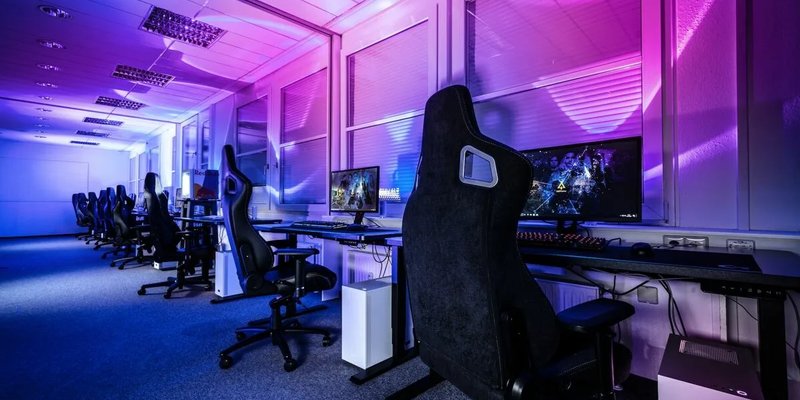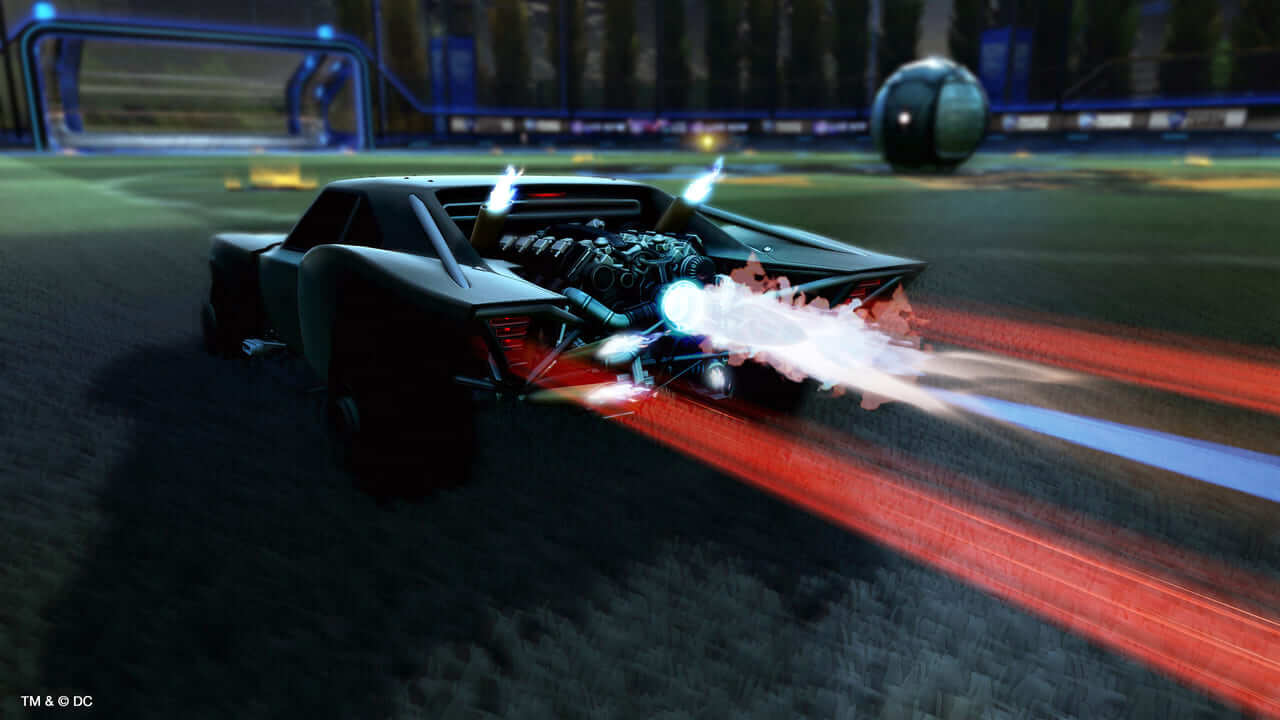The 21st century has witnessed a rapid convergence of disciplines that were once considered unrelated. One of the most intriguing intersections lies between music and coding, giving rise to innovative platforms and concepts such as Harmonicode. The concept of Harmonicode—a synthesis of “harmony” and “code”—is a fascinating one. It involves creating and manipulating music using programming languages, allowing musicians, composers, and coders to collaborate in unprecedented ways. This hybridization opens new doors to creativity, offering a rich framework where art and technology meet.
In this article, we will explore the concept of Harmonicode, its origins, current uses, and how it is influencing the fields of music and programming. We will also delve into the tools and technologies that are driving the Harmonicode movement, as well as its potential for the future.
What is Harmonicode?

Harmonicode refers to the process of generating music, harmonies, and musical compositions using computer code. By using programming languages specifically designed for sound synthesis and musical notation, composers can craft complex compositions in a manner similar to writing software. This is not merely a tool for creating digital music; it represents a paradigm shift in how music can be conceptualised, created, and performed.
Imagine writing a piece of code that defines not only the notes in a composition but also the tempo, rhythm, instruments, and effects—all in real time. Through Harmonicode, artists can program music algorithms that are capable of generating dynamic, ever-evolving pieces, or set up predefined sequences to play back specific arrangements. The versatility and precision of this system allow for highly creative approaches, where one can manipulate sounds at the level of code.
The Origins of Harmonicode

The idea of using code to create music is not entirely new. Early experiments with sound synthesis can be traced back to the mid-20th century, where pioneers such as Max Mathews, often considered the “father of computer music,” used mainframe computers to generate simple sound waves. Mathews’ groundbreaking work laid the foundation for the development of computer-based sound synthesis, leading to the creation of digital audio workstations (DAWs) and software instruments.
As computers became more powerful and accessible, the development of programming languages for music composition also gained momentum. Tools like Max/MSP and Pure Data allowed composers to experiment with sound manipulation using visual programming. However, it was the advent of text-based coding languages like SuperCollider and Sonic Pi that truly revolutionised the idea of composing music with code. These languages allow musicians to create and modify music through written commands, similar to coding software applications.
In recent years, Harmonicode has gained traction as both a musical and a technological art form. It appeals to musicians who want to experiment with algorithmic composition, as well as coders who are curious about integrating sound and music into their projects.
Key Tools and Technologies in Harmonicode
Several tools have been developed specifically to enable the fusion of music and code. Here are some of the most popular platforms and languages that serve as the backbone of the Harmonicode movement:
- SuperCollider
SuperCollider is one of the most powerful environments for sound synthesis and algorithmic composition. It features a robust language for defining and controlling sound processes, offering users complete flexibility over audio synthesis. Composers can create custom sound-generating algorithms, sculpt audio with fine-tuned precision, and even build interactive installations where sound responds to real-world stimuli. - Sonic Pi
Designed with an emphasis on live coding, Sonic Pi is a free platform that allows users to create music by writing code in real time. Originally developed as a tool for teaching programming in schools, Sonic Pi has since found popularity among electronic musicians and live coders due to its simplicity and versatility. Sonic Pi users can create everything from simple melodies to complex, layered tracks that evolve over time. - TidalCycles
TidalCycles is a high-level language for generating patterns of music. It is ideal for producing algorithmic compositions and is often used in live coding performances, where musicians generate music on stage by writing and modifying code in real time. TidalCycles excels in creating rhythmic patterns and exploring polyrhythms, making it a favorite among experimental musicians. - Max/MSP
Max/MSP is a visual programming language that allows users to create complex audio and visual works. Though it is primarily a visual interface, it enables deep customization and is often used in interactive installations and performance art. Max/MSP also allows coders to create patches that generate music based on algorithmic processes. - ChucK
ChucK is a highly flexible and timing-precise programming language for real-time sound synthesis and music creation. It allows for concurrent programming, meaning multiple pieces of code can run simultaneously, making it ideal for composers who want to build multilayered, dynamic compositions. - FoxDot
FoxDot is another real-time live coding platform for creating music. It allows users to program music and manipulate it on the fly, producing beats, rhythms, and melodies through written code. FoxDot is built on top of SuperCollider, providing a more user-friendly syntax for new coders and musicians who want to explore Harmonicode.
The Role of Harmonicode in Modern Music

The adoption of Harmonicode has given rise to new forms of musical expression, including “live coding” performances, where musicians generate and manipulate music in real-time by writing code in front of an audience. This real-time coding experience blurs the lines between the traditional roles of composer, performer, and technologist, creating a unique live performance experience where the act of coding itself becomes part of the show.
Live coding has gained popularity in underground and experimental music scenes, where artists are pushing the boundaries of what music can be. The ability to manipulate musical parameters on the fly, generate random patterns, and create intricate soundscapes through code opens up a world of possibilities for innovation.
Beyond live coding, Harmonicode also plays an essential role in academic and experimental music, where composers are using algorithmic techniques to explore new compositional methods. Algorithms can introduce elements of chance, complexity, and non-linearity into the creative process, producing pieces that evolve in ways that are difficult or impossible to achieve through traditional methods.
Harmonicode in Education and Beyond
In addition to its artistic applications, Harmonicode is increasingly being used as an educational tool. Sonic Pi, for example, was initially developed to teach children how to code through the medium of music. By introducing students to both programming and musical composition simultaneously, educators are able to engage students in creative thinking while also teaching them valuable technical skills.
Moreover, the accessibility of Harmonicode platforms means that anyone with a computer can experiment with music creation, regardless of their musical background. Coders who may have never considered themselves musicians can now explore the world of sound, while musicians without coding experience can use Harmonicode platforms to push their creative boundaries.
The Future of Harmonicode

As Harmonicode continues to evolve, the possibilities for new musical and technological innovations are endless. The fusion of code and music not only expands the boundaries of what is possible in terms of composition and performance but also creates new opportunities for collaboration between musicians and coders.
The rise of artificial intelligence and machine learning is likely to play a significant role in the future of Harmonicode. With AI, computers can now generate music on their own, creating compositions based on vast amounts of data. In the future, we may see more integration of AI with Harmonicode, where coders and musicians collaborate with intelligent systems to generate music that is truly cutting-edge.
Conclusion
Harmonicode represents an exciting new frontier in the world of music and technology. By bringing together the logical, structured world of programming with the expressive, emotional realm of music, Harmonicode opens up new possibilities for innovation, performance, and creativity. Whether you are a coder looking to explore the world of sound or a musician eager to delve into the possibilities of algorithmic composition, Harmonicode offers a powerful toolkit for crafting the future of music.


